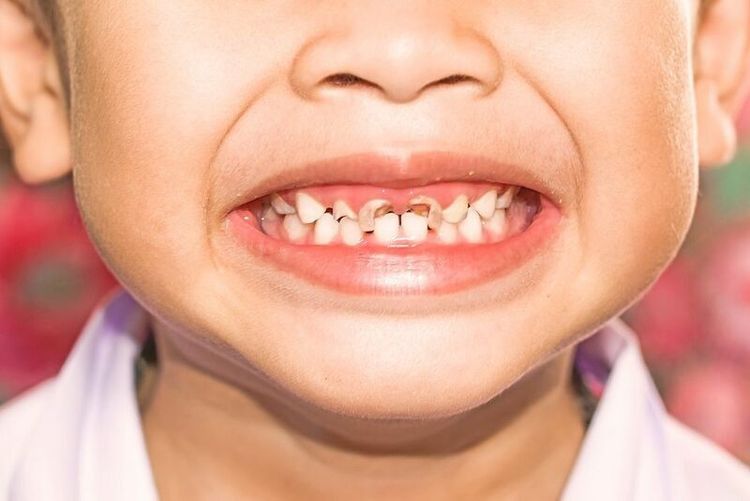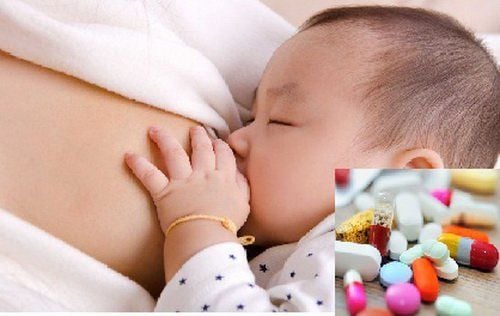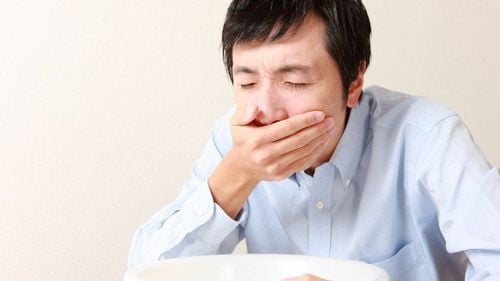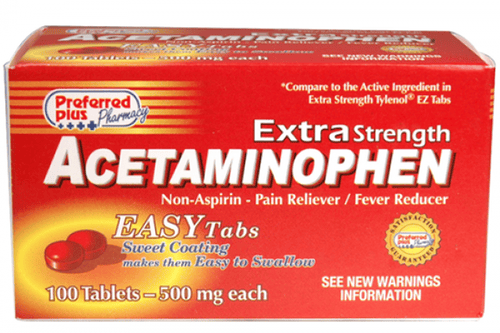This is an automatically translated article.
The article was consulted with Specialist Doctor I Nguyen Thi My Linh - Neonatologist - Department of Pediatrics - Neonatology - Vinmec Danang International General Hospital.Children of teething age may experience constant, throbbing toothaches that don't go away. When your baby's drooling, tantrum lets you know teeth are coming, we want to help make him feel better. If you're looking for a safe way to soothe your child's sore mouth, read the following information to help make your child more comfortable.
1. Causes of toothache in children
Depending on the severity of the pain, a toothache can be a symptom of any of the following dental problems:Teething Teeth chipped/cracked enamel Loose or missing fillings Erosion or decay Innocent food Getting stuck between teeth can gradually cause a child's teeth to become more painful. The wedge force pushes the teeth apart, causing irritation to the roots as well as the gum line.
In addition, when teething, the tooth sprouts under the gums develop, which will also cause toothache in children.
When your child has a toothache, it is essential that you be as gentle and nurturing as possible. When your child's toothache becomes more severe, perhaps due to decay or a broken tooth, don't hesitate to see the dentist.

Đau răng có thể là triệu chứng đau răng ở trẻ
2. How to relieve toothache in teething babies
If your child is having a toothache, warm (not hot or cold) water with a teaspoon of table salt can help ease the pain. Children should gargle with salt water whenever they feel pain. Applying cold to the cheeks can also relieve pain.Unfortunately, temporary remedies will only provide relief from the pain and you will need to see your dentist. If your child has a cracked or chipped tooth, a crown or filling may be needed, especially if it's a permanent tooth. Your children's dentist should be able to do this for you. If a newly erupted tooth is found to be on top of an existing tooth, some may have to be removed.
However, if over-the-counter pain relievers don't work and the pain doesn't go away within 24-36 hours, you can take your child to the dentist.
2.1. Cold compress
Cold compress is a very common and simple method of treating toothache. You can freeze certain items that are safe for your baby to suck on and gnaw on. Just remember that anything you give your child to chew on shouldn't pose a choking hazard and it's best to only give your child something to eat when you can keep an eye on what's going on.Frozen face towels are a favorite of many parents. Wet a soft towel and place it in the freezer for 20 to 30 minutes. When it's cold and hard, touch your child's gums or even let your child hold it while chewing. The face towel should be too large to be swallowed and it will be cold in a few minutes.
Some doctors recommend that you can feed your child frozen bagels, fruit, or a hard vegetable like carrots. Again, these are items you should watch for when using because of the risk of suffocation. For extra safety, try using a mesh lanyard like the Munchkin fresh food feeder. It works like popsicles but keeps larger pieces of food out of your baby's mouth.
What many parents think when teething is just baby drooling and constantly wanting to suck and bite, which happens as a normal developmental phase that begins around 3 to 4 months. Although teeth can come in early, the most common age is between 6 and 9 months. Teething pain may only come when the tooth has pierced the gum and is visible or felt.
Teething rings like cool green sprouts can be kept in the refrigerator and soothe the baby's pain. There are plenty of options out there, so make sure the one you choose is filled with water only, in case the seams give way or there are holes. Pediatricians recommend not freezing these completely as it will make it very difficult for babies to keep in their mouths.
2.2. Compress
You can use a clean finger, gently place it on your baby's gums, or massage, which may be enough to ease the pain. If you are not in the habit of doing so, you can use a wooden spoon or a wooden teething ring to apply natural pressure on your child's tooth.If you are on the road or on the go, you can also give your baby something he or she can safely grab and chew on. The soft, non-toxic pieces allow mothers to put on without worrying about the necklace beads that could fall off and become a choking hazard under the baby's pain-relieving pressure.
2.3. Tea for teeth
Some websites recommend chamomile tea to help with teething. Chamomile has been used as an herbal remedy for thousands of years in several cultures. Make sure that any tea you give your child is caffeine-free. You should also not give tea made from garden plants, due to the risk of poisoning.You can freeze chamomile tea in the mesh mouthpieces mentioned above, give it a few cool sips on a spoon, or rub chamomile-dipped fingers on your child's gums.

Sử dụng trà hoa cúc giúp mọc răng
2.4. Amber
Baltic amber jewelry, worn as a necklace, bracelet or anklet, is a cure for old teething and even researchers acknowledge its popularity.Parents say that Baltic amber contains succinic acid which, when warmed into the body, is released into the skin and helps with teething pain. According to several news accounts, there is no evidence that Baltic amber jewelry actually works for pain relief.
More notably, several major health organizations, including the American Academy of Pediatrics, say the choking hazard of one of the particles is too great to be ignored and recommend against use. this jewelry.
Remember that any teething treatment you choose should be safe and non-toxic. Ask your pediatrician or dentist if you have any concerns, or want to try something you found on the Internet or learned from other parents. There are dozens of “natural” recommendations that have been around for generations, but not all of them are good ideas.
Nutrition during teething is very important, if children are not provided with adequate and balanced nutrients, it will lead to diseases of excess or lack of nutrients that adversely affect the comprehensive development of children. children physically, mentally and physically.
Parents should supplement their children with supportive products containing lysine, essential micro-minerals and vitamins such as zinc, chromium, selenium, and B vitamins to help fully meet their child's nutritional needs. At the same time, these essential vitamins also support digestion, enhance nutrient absorption, help improve anorexia, and help children eat well.
Parents can learn more:
Signs of zinc deficiency in children
Micronutrient deficiency and failure to gain weight in children
Please regularly visit Vinmec.com website and update useful information to take care of your child. Take care of the baby and the whole family.
References: mayoclinic.org, webmd.com














